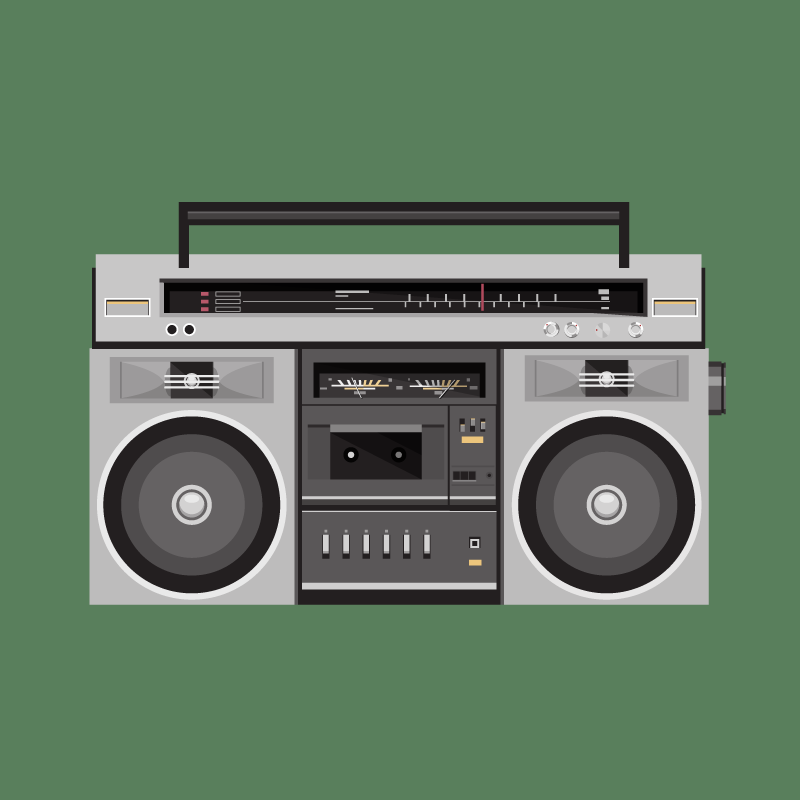
Last post I wrote about the priority of making materials pretty as opposed to suitable for purpose and why it leads to a lack of bottom-up skills teaching. I was also asked very nicely for a part 2 on bottom-up activities. Unless otherwise stated this is just what I do or have done. You know what will probably work with your students.
Microlistening
Edit your text, simply. What items do you have in the text that learners will probably find problematic? Copy your mp3 file, edit it (using Audacity or Ocen Audio; I prefer Ocen Audio) so the item is in isolation, add a second or two of silence each side and copy the audio and paste it a couple of times. You should have a file with the same word/chunk/tone unit/whatever three times. Do the same with any other items you want to focus on. This sounds time consuming, but it only takes about ten minutes or so when you get used to it.
Prototypes
Well, apparently we carry auditory prototypes of lexis about in our memories. While we don’t expect to hear the actual prototype, we have wider tolerance the more variations we hear.
Are you embarrassed by ridiculous voices? Well, I have no shame. I will utterly mug it up in the classroom, pronouncing target lexis in bizarre, but still generally decodable, pronunciation affectation. Overly high pitch, lisping, stammering, changing vowel quality. With my mouth hidden so as to avoid being lip read. Something I plan to use in some classrooms with internet access is Youglish. You could also use a subtitle downloader, video downloader and Grep if you have coding skills or a ton of time.
Dictogloss
The oldie but goodie. Use a short text or read a short text, twice or so. Have learners identify the stressed word in each tone unit and take notes. Learners then regrammar the text based on what they heard and grammar knowledge.
You can vary this by asking learners to also note the words prior to and following the stressed word. This is useful for function word awareness, especially with the weak form of ‘can’ /kən/.
Cut ups
Another activity for identifying target items and working with preceding/following items is to cut up and reorder a text *as a group*. I do this with a class I teach through songs. It is a success in having learners think about what they hear following a line of song. It has also worked with short dialogues with a lot of backchannelling that would not be easily sequenced by discourse adjacency awareness (appropriate response awareness) alone.
The line
Hada Litim told me about an activity where the teacher draws a line on the board, and then learners listen, placing stressed words above the line and unstressed words below. I shall steal this at my earliest opportunity.
Listening bingo
There is a great post somewhere, I think, on listening bingo on Richard Cauldwell’s site. Unfortunately, I can’t find it. He suggests writing some word or phrase pairs, actual and likely error, in order of appearance in the text and have learners identify which they hear. It’s good for connected speech and words out of dictionary citation form.
If you have other ideas of activities, feel free to share in the comments!
Many thanks for this Marc. I’m a big fan of the dictogloss too and I’m gonna try out Ocen as I find Audacity a bit fiddly.
We’ve had a couple of sessions at SLB on this, including one with a familiar title! (http://www.slb.coop/bottoms-up-an-slb-training-session-oct-31st-2015-barcelona/). I was quite interested in Larry Vandergrift’s book on “metacognitive listening”, i.e. on top of decoding tasks, having Ls map/track their development over time, identifying the sounds, accents etc. that cause them problems. I built the session around various activities, trying to decode the thick stoner Glaswegian in this clip: https://www.youtube.com/watch?v=-mYoEpVXFbs
Some quick tasks to add to your list:
– Counting dictation: live or with recorded microsnippets, have Ls count the number of individual words they think they’ve heard in a chunk or utterance. Stage 2, identify the words. Helps with discrimination of weak forms and connected speech.
– Mark the script: While listening, underline or otherwise mark a script where words run together, where a word was pronounced differently from the expected, stress, intonation … then try to imitate those features by reading back.
– Garbled script: Get some inaccurate youtube captions, copy-paste them to a doc and tidy them up so that there are just a few “mishearings” that correspond to how something might be misheard naturally. (There are always a few of these in my experience). Students read through, identify the garbled bits and try to anticipate what was really said. Check this by listening back.
This is a fantastic list, Neil. I am also quite a fan of mark the script. I’ve never used counting dictation, but it looks imminent!
Cheers!